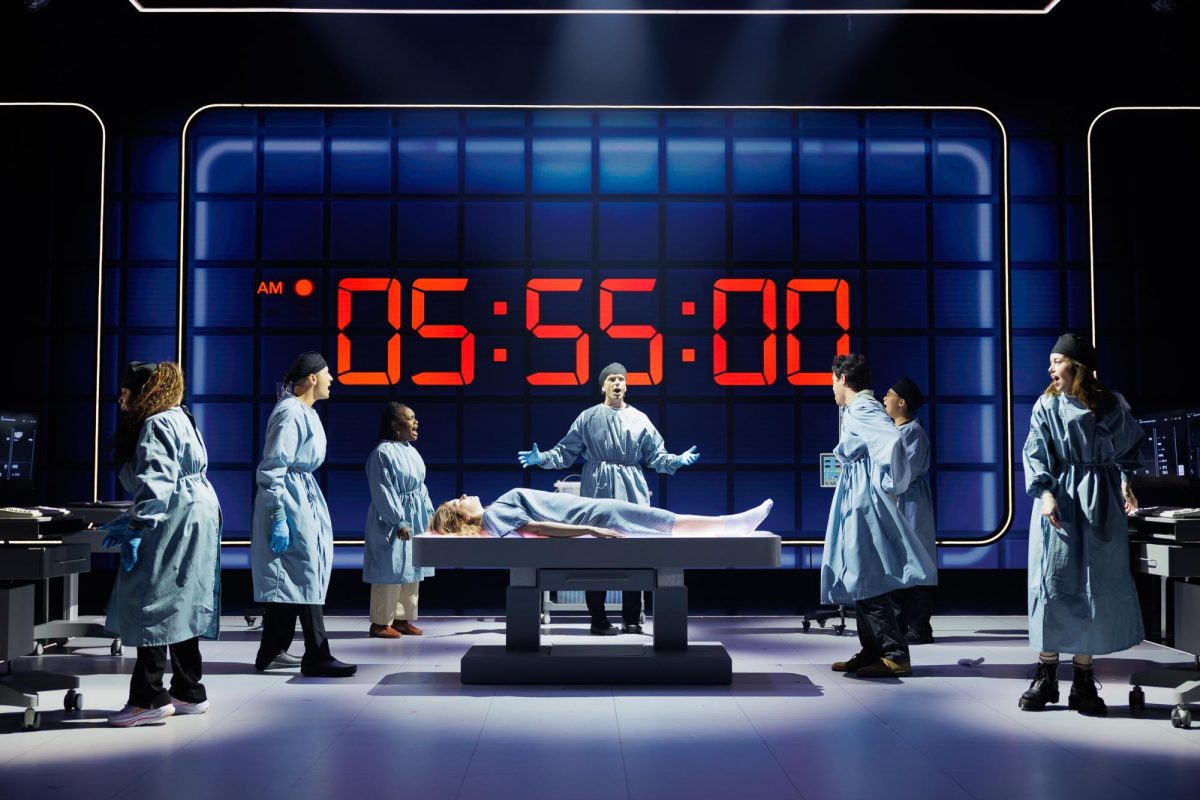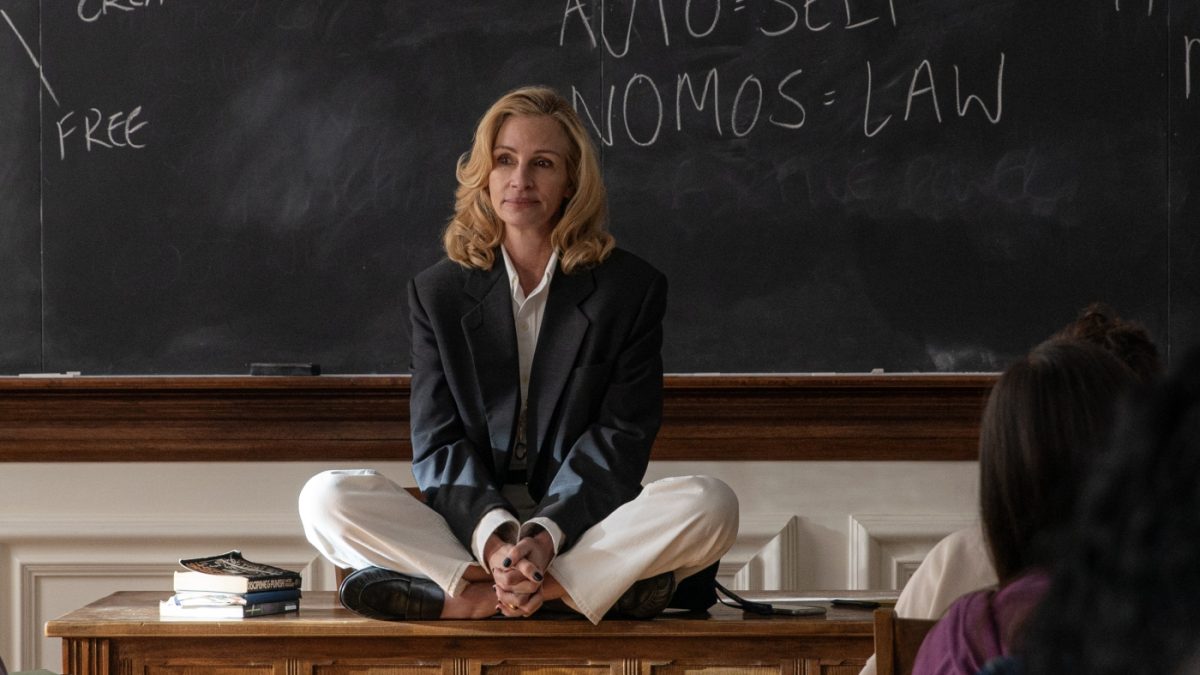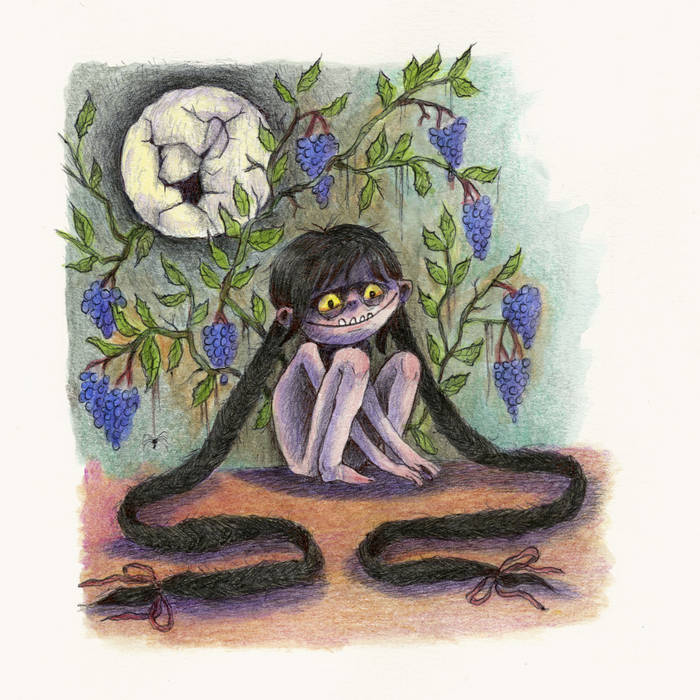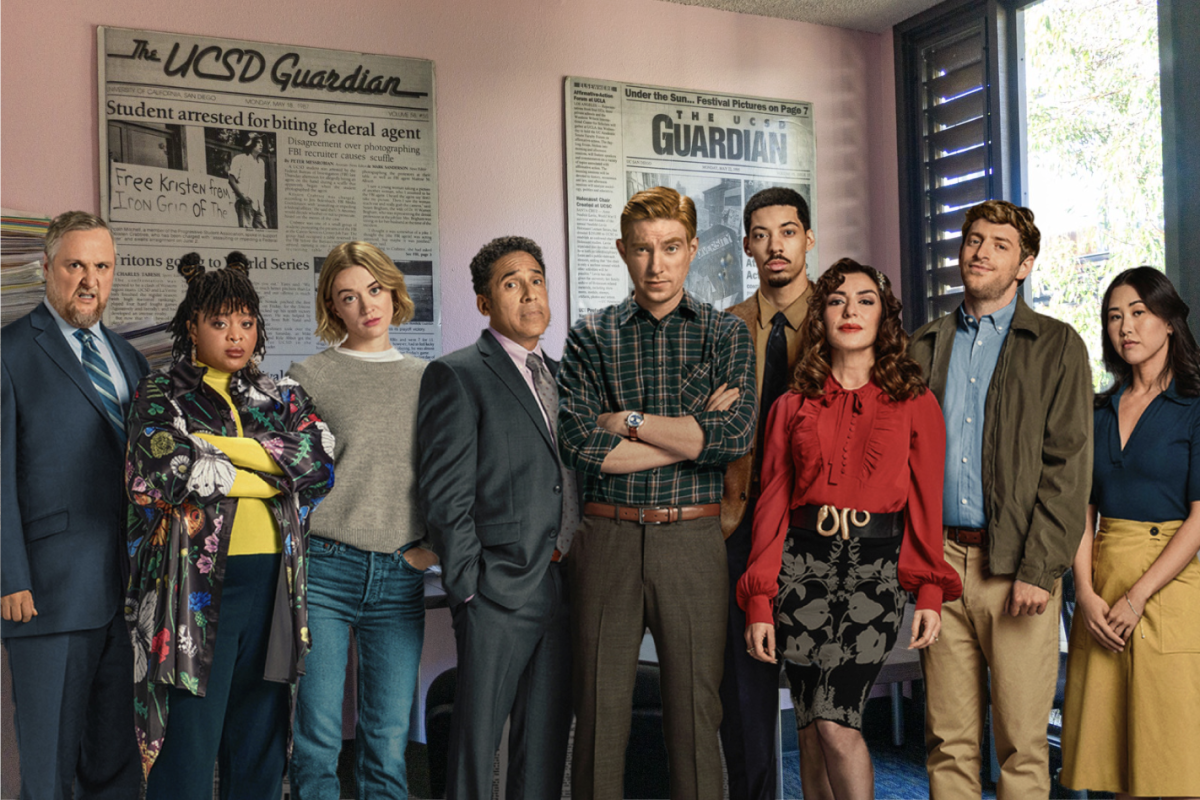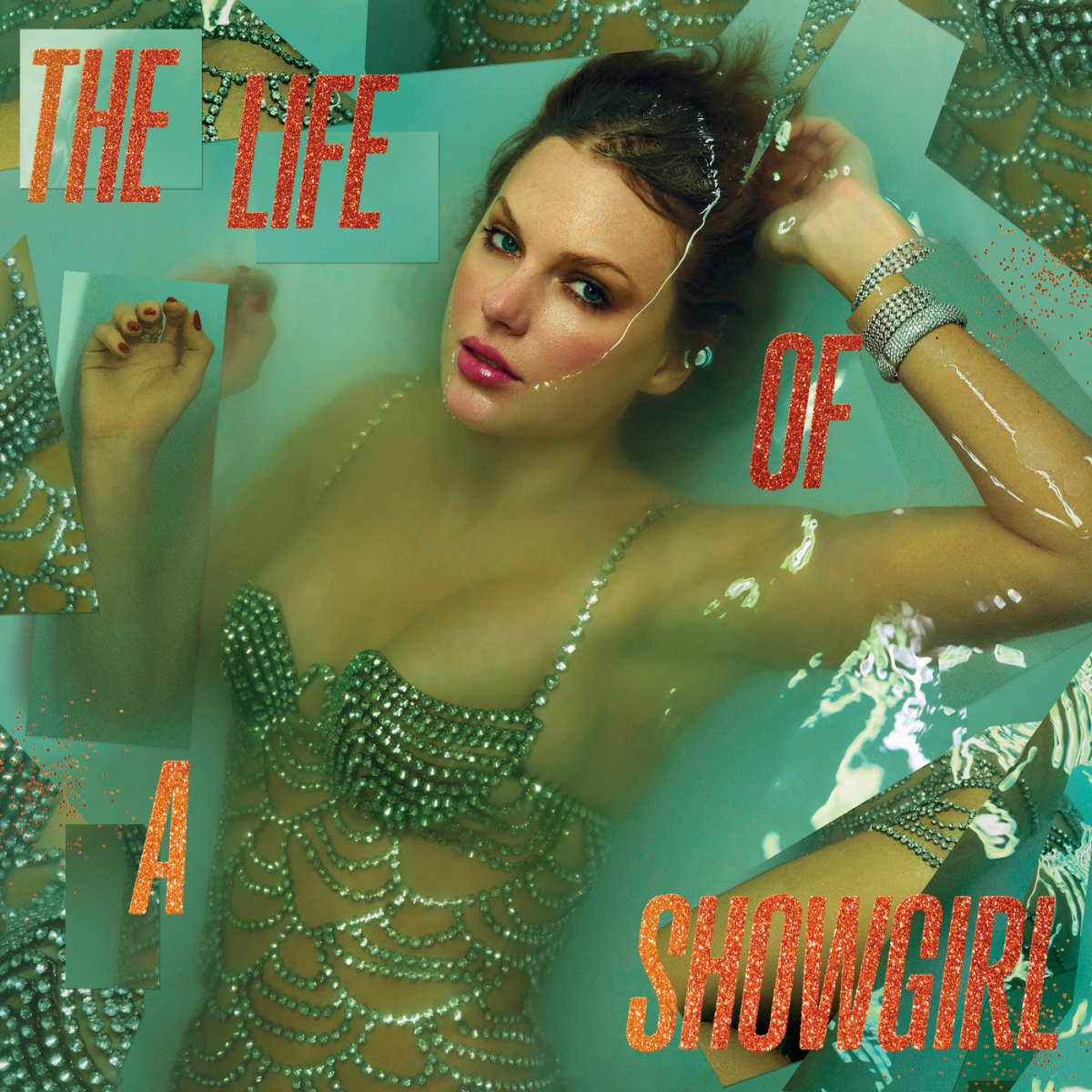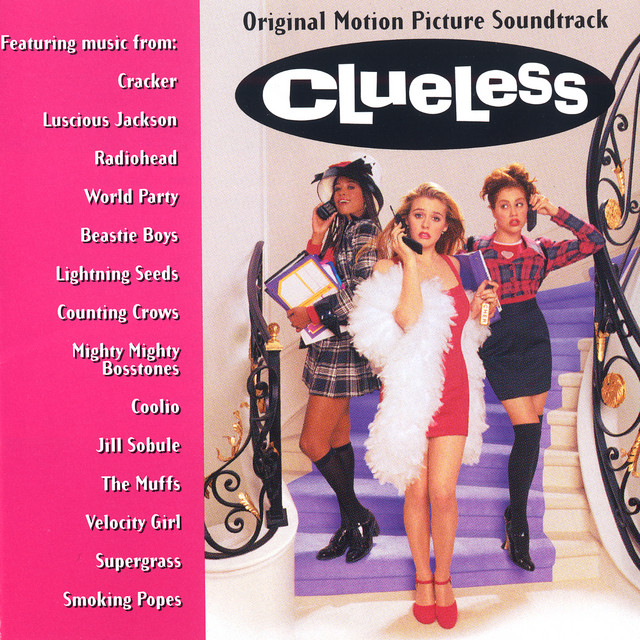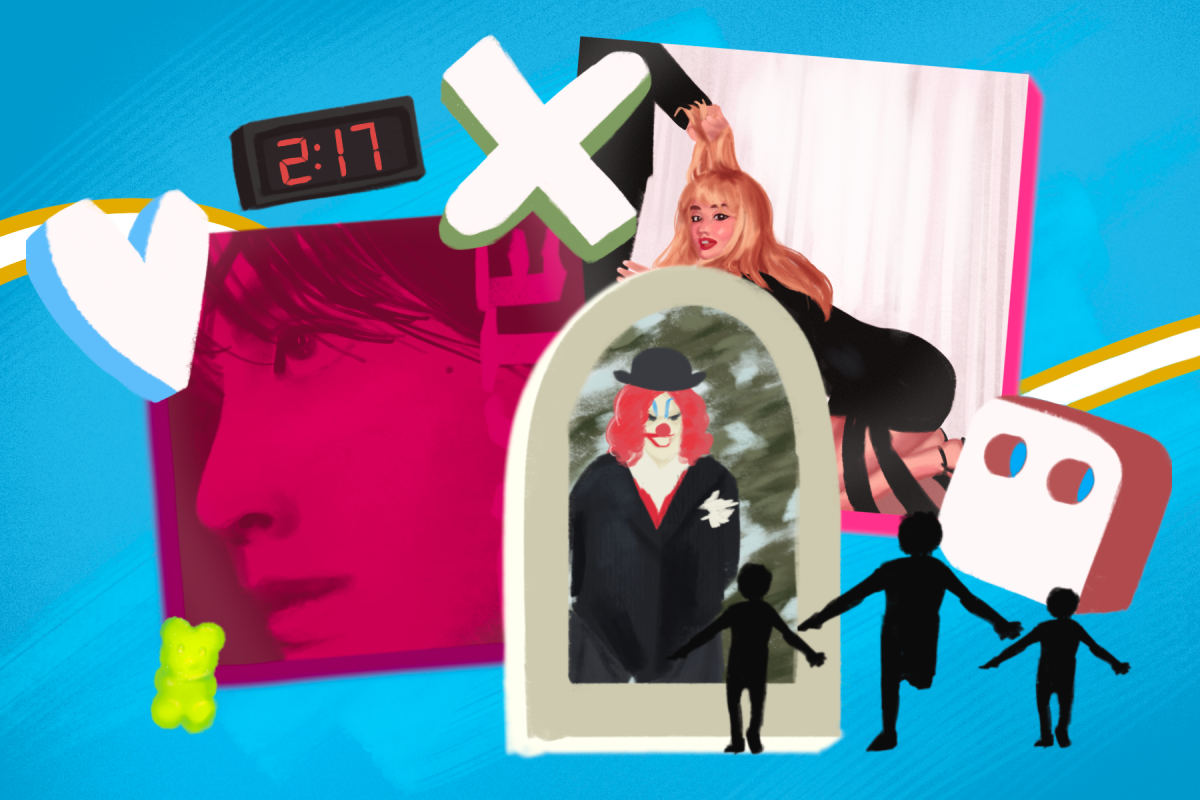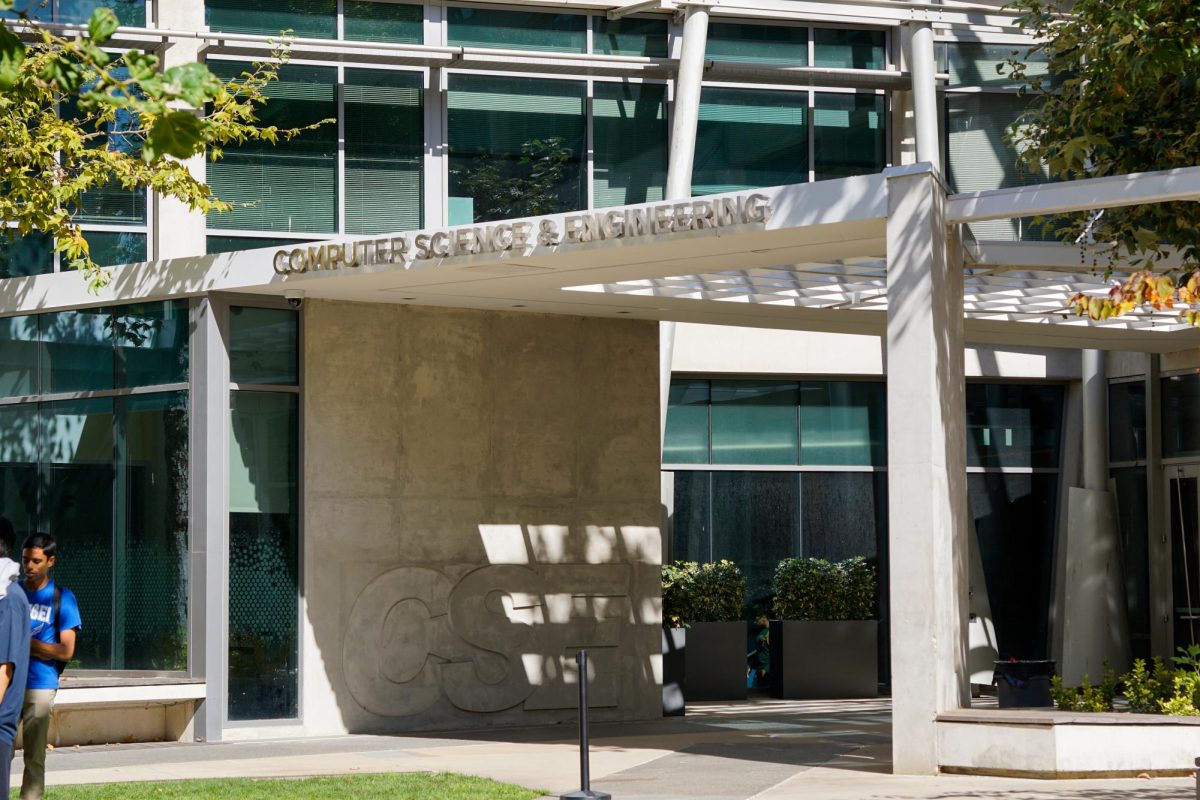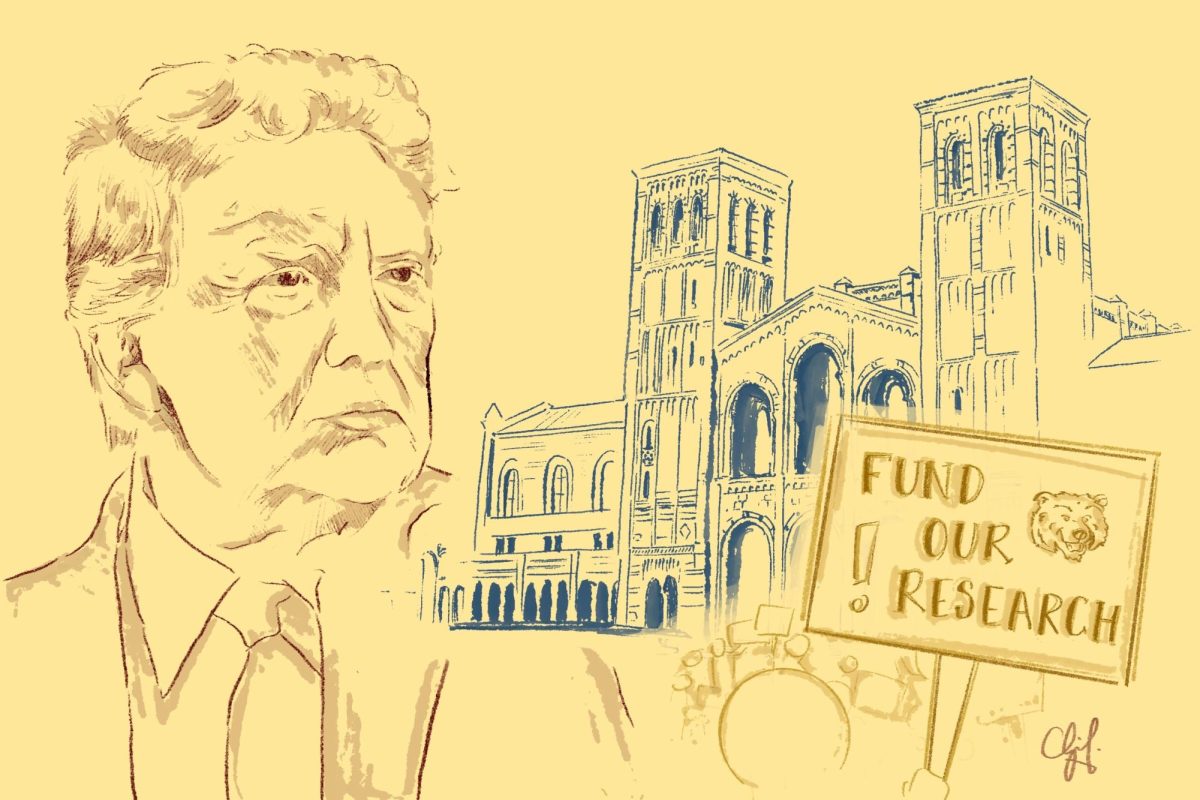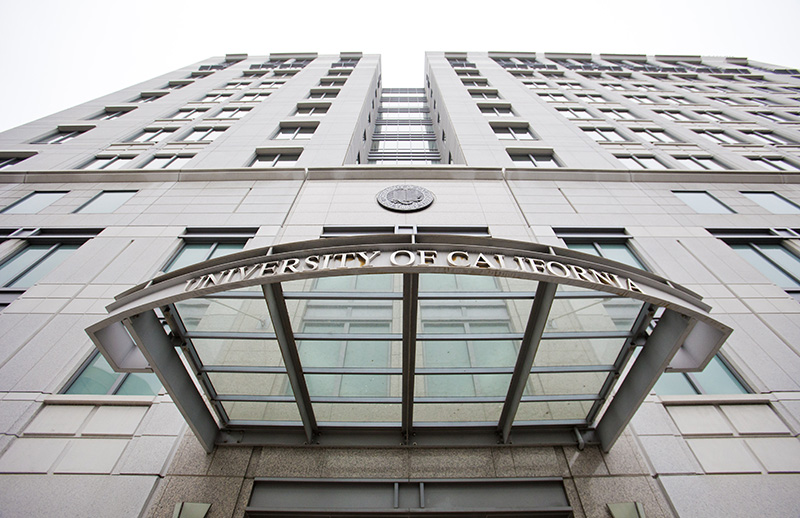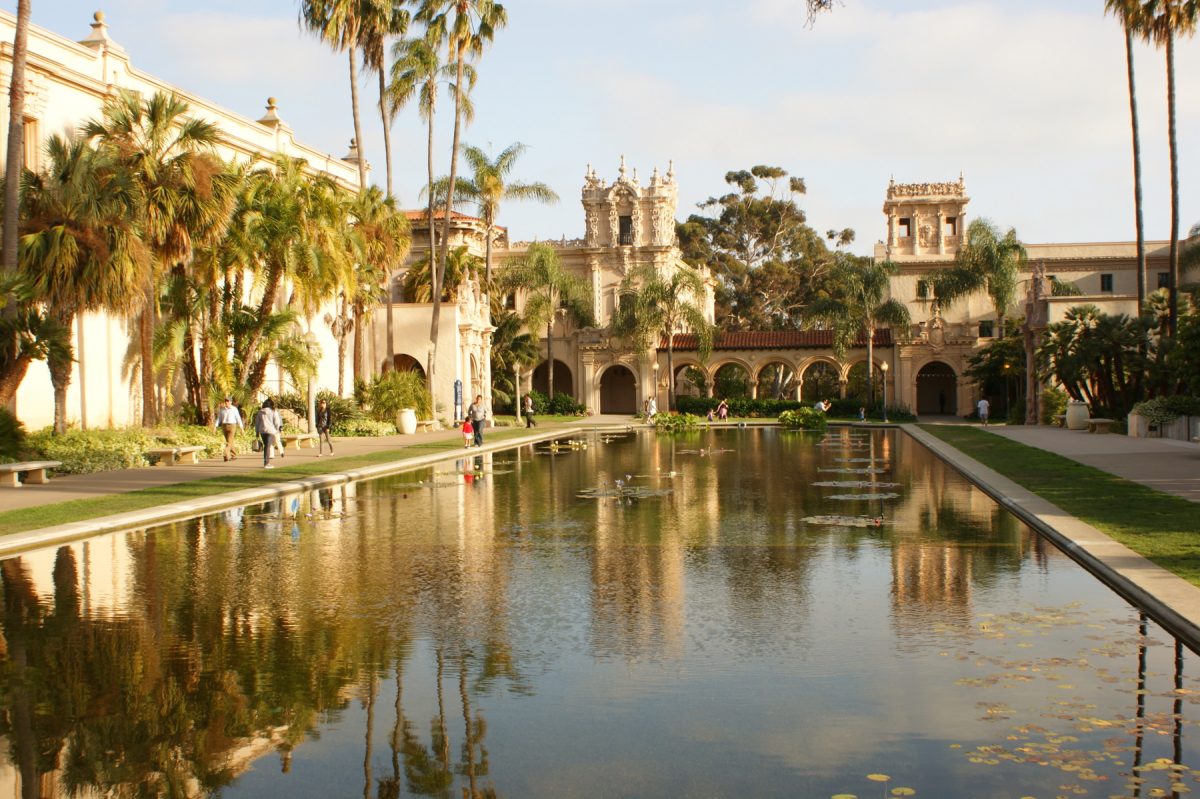Editor’s disclaimer: The writer is employed by La Jolla Playhouse in a non-editorial capacity.
Today’s increasingly technology-driven world has grappled with the state of the performing arts — their endurance, impact, and whether they still hold status in our ever-evolving society. Live theater, in particular, has become a nerve center of this debate. With playhouses and theaters closing around the world due to post-pandemic financial strains, declining donation-based business models, and reduced audience engagement, many are asking: Does live theater have a place in modern society?
As someone who grew up immersed in the world of performing arts, I find myself resistant to the notion that theater is dying. There is no shortage of playwrights, actors, directors, or even theaters waiting to share their stories — only the decreasing willingness of people to notice them. Art, as a reflection of the human experience, pushes us to confront the deeper, tougher questions we often hesitate to ask. Like, how do we hold onto hope and human connection in the face of loss? How do we navigate grief while seeking meaning in life? Theater, uniquely intimate and immediate, allows us to not only ask these questions but to feel and explore their answers in real time. It is in this spirit that “The Heart” unfolds, inviting audiences to grapple with sorrow, joy, and resilience in a shared, visceral experience that only live theater can offer.
Based on the titular French novel by Maylis de Kerangal and playwright Kait Kerrigan’s book adaptation, with music and lyrics by Ian and Anne Eisendrath, “The Heart” tells a simple yet deeply moving story. It stands out to me as a piece that is defining of this modern theater age, masterfully balancing a tender story of grief, loss, and life with immersive visuals, genre-blending songs, and passionate performances. The harmony of these elements — story, sound, and spectacle — reminds me, and audiences, why theater, unlike any other art form, has the power to move us so profoundly.
The show unfolds over 24 hours at the fictional San Diego Medical Center, where 19-year-old surfer Simon Lamar is being treated following a car accident. Declared brain-dead, Simon’s case becomes the center of a painful and profound conflict as his parents deliberate on donating his organs, while a stranger on the other end awaits a life-saving heart transplant. “The Heart” sensitively treads the emotional currents of Simon’s loved ones as they face a new reality without him while spotlighting the toll on the doctors and nurses who endure a relentless cycle of life and death in an already taxing profession.
“The Heart” captivated not only through its story but also through its groundbreaking use of electronic sound and visual elements. Pulsing beats mimicked the rhythm of a human heartbeat, while layered ambient sounds of hospital monitors and ocean waves created a tense, immersive atmosphere. The songs brilliantly experimented with different sounds and genres, whether it was the high-energy, up-tempo action number “Keep Up,” the artfully layered duet “Quicksand,” the soulful R&B number “Right Now,” or a reflective ballad like “A Life for A Life.” The ensemble delivered outstanding performances, singing with precision and performing with vulnerability. Each actor effortlessly navigated the show’s diverse musical genres while fully embodying the many complex characters they portrayed.
The production design elevated the viewing experience even further, using minimalist but evocative sets, dynamic lighting, and thoughtful props to create spaces that felt intimate yet expansive. Scenic designer Robert Brill, lighting designer Amanda Zieve, and sound designer Gareth Owen — along with the rest of the creative team — transformed the Potiker into a fluid world that moved between a sterile hospital environment, a club, Tourmaline Beach, and even inside a gaming world as experienced in the vibrant number “Strike the Match.” In “The Heart,” every element worked in harmony to engage the audience in a versatile theatrical experience that was as emotionally intense as it was unforgettable.
Of course, as a show on its world-premiere run, “The Heart” isn’t without its flaws. Due to the relatively shorter run time of about 80 minutes, I found myself wishing for more insight into Simon and his relationships with his parents and his girlfriend, Juliette. I also came out of the show longing for a “Pitt”-like spinoff spotlighting the intriguing lives of the doctors and nurses at SDMC.
Yet, after watching “The Heart” five times, as an audience member and audience concierge for the playhouse, there was one recurring, deeply resonant moment: watching the audience depart the theater after the show. Changed, affected, moved. I noticed some in tears or engrossed in deep conversations, some desperate to share personal stories akin to the musical with those around them, and some quietly processing by themselves.
It was in this collective, emotional aftermath that I felt the lasting power of art and storytelling. Live theater is not dead, and I believe it will never die. Every entertainment industry faces ebbs and flows as audiences change, but there’s something irreplaceable about gathering to watch a play or musical. Theater is entirely open to interpretation — it can stir joy, grief, discomfort, or hope. In the case of “The Heart,” we were reminded of a beautifully painful yet deeply human story of life and death. But for a brief moment, we sat together in silence, taking in a shared story.



